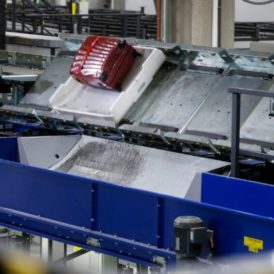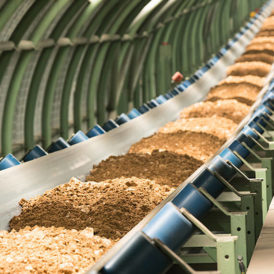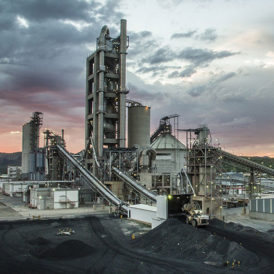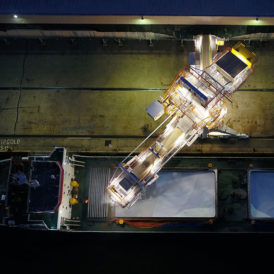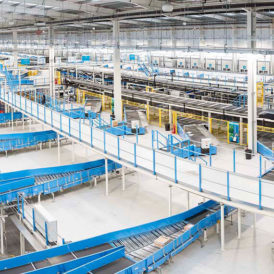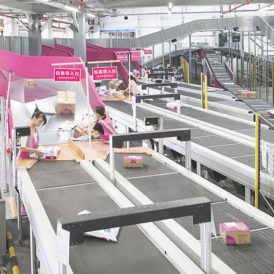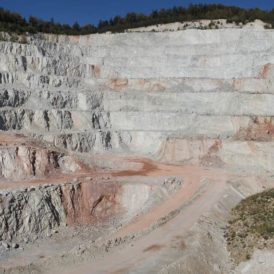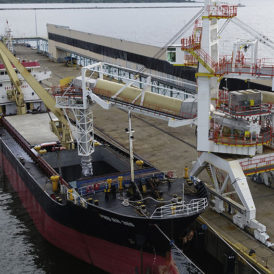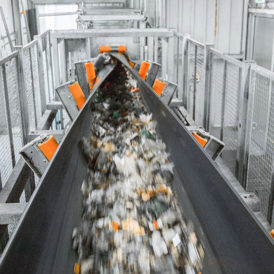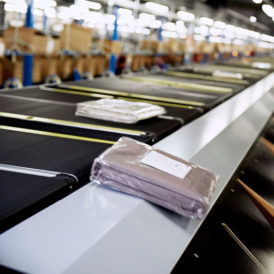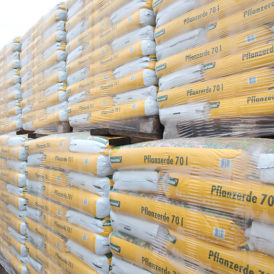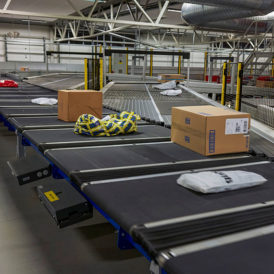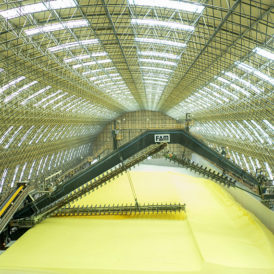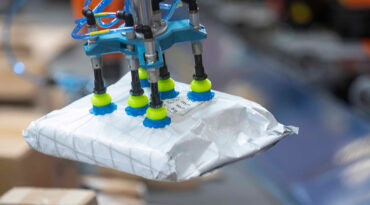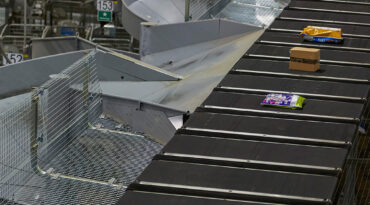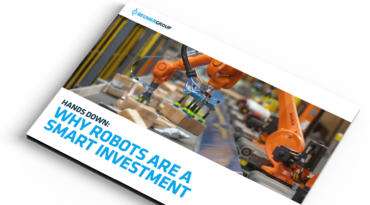Green focus in line with customer needs
A DHL survey carried out in nine major European countries – including Germany, Spain, France and the UK – reveals that over half of all online shoppers value sustainability to the extent they are prepared to pay more for green delivery options.
Among the general findings, it’s clear that green options and sustainability are important to the majority of online shoppers:
- 53 percent say sustainability is important
- 69 percent would pay more for green options
- 69 percent would pay more eco-friendly packaging
- 58 percent would wait longer for a green delivery
- 80+ percent of online shoppers in UK, Germany, Spain and France want deliveries to their home
- In Poland, 54 percent prefer lockers; in the Czech Republic, 32 percent would choose parcel shops
Lowering the ‘Cost of Drop’
Key to making deliveries more sustainable is optimising the ‘Cost of Drop’ (aka drop density) – the average number of parcels delivered at each stop.
On a route servicing only homes, it will most likely be between one and two, but on a route servicing locker locations, it could easily be in excess of 50.
Among the measures gaining traction to reduce the number of deliveries are:
- Merging letter mail with parcels – adding traditional post to the postal deliveries will cut the number of deliverers, but not necessarily the Cost of Drop
- Reducing the ‘Transport of Air’ – when space in trucks is not taken up by parcels, it increases the cost and environment impact of each parcel
- Stopping serial shoppers – some retailers’ free returns policies encourage many end-consumers to send back clothes after trying them on, at a huge cost to retailers and the environment
- PUDO (Pick Up and Drop Off) points and lockers to encourage end-consumers to walk to a local delivery point to pick up their parcels
Concerns about embracing lockers
In many European countries, including the Nordic states, people say they are happy to walk to them to pick up their parcels from PUDOs and lockers. This is the ‘Slipper Distance’ – the litmus test revealing how far end-consumers are prepared to locally travel in their slippers?
However, many CEP operators remain unconvinced. According to the DHL Online Shopper Report 2022, 73 percent of Europeans want their products delivered to their doorstep. The CEP operators know their clients, the retailers, will always put their end-consumers’ preferences first, or risk losing them.
Besides, relocating the delivery destination to a pickup point isn’t really a sustainable solution if trucks are still driving around city centres, and an end-consumer might drive to a delivery point, creating a larger carbon footprint than had it been delivered to their home.
Why lockers might tick all the boxes
CEP operators can service the lockers with one single delivery – a big plus for their carbon footprint. Broken down, there are four main advantages:
- Reduced delivery route – instead of following a complex route taking in multiple stops, the driver only has one destination: the lockers
- Fastest possible pickup – instead of waiting at home, customers are notified the moment their delivery reaches the lockers. There’s no danger of them being ‘not at home’
- Optimum security – the one-delivery route reduces the possibility of parcels being mixed up. Left in a secure locker, the possibility of the parcel being stolen is eliminated. Just last year, 14 percent of the US public reported having a parcel stolen from outside their home (in total, over 80 percent will make an online purchase in 2023)
- Clear chain-of-custody – the opening of the locker door completes the chain-of-custody of the parcel’s journey: from sender to recipient. The same can’t be said of mailrooms or your front porch
Embracing Dynamic Parcel Networks
In the future, Dynamic Parcel Networks will enable large CEP operators to render deliveries as one seamless, touchless process – and ultimately reduce the number of them.
Most of the tech needed to achieve this is already here – it just needs the industry to jump on board and embrace the intelligent solutions.
There will be no room for holy cows with the networks – everything the industry thought they knew about optimal processes is up for discussion. Data will indicate what should be done, and the focus will change every day.
For example, CEP operators may find they can save costs by delaying deliveries until there is an adequate capacity.
For example, Tuesday can be a quiet day for deliveries, but to leverage the situation, the dynamic network might suggest lowering the price on Monday to attract more custom.
So cost will determine how long a parcel takes to be delivered, but increasingly the carbon footprint will have a say too.
Download the report ‘Courier, Express & Parcel 2024 Outlook: Future-focused flexibility’ to discover why innovation isn’t worth the investment if it doesn’t prioritise sustainability.
